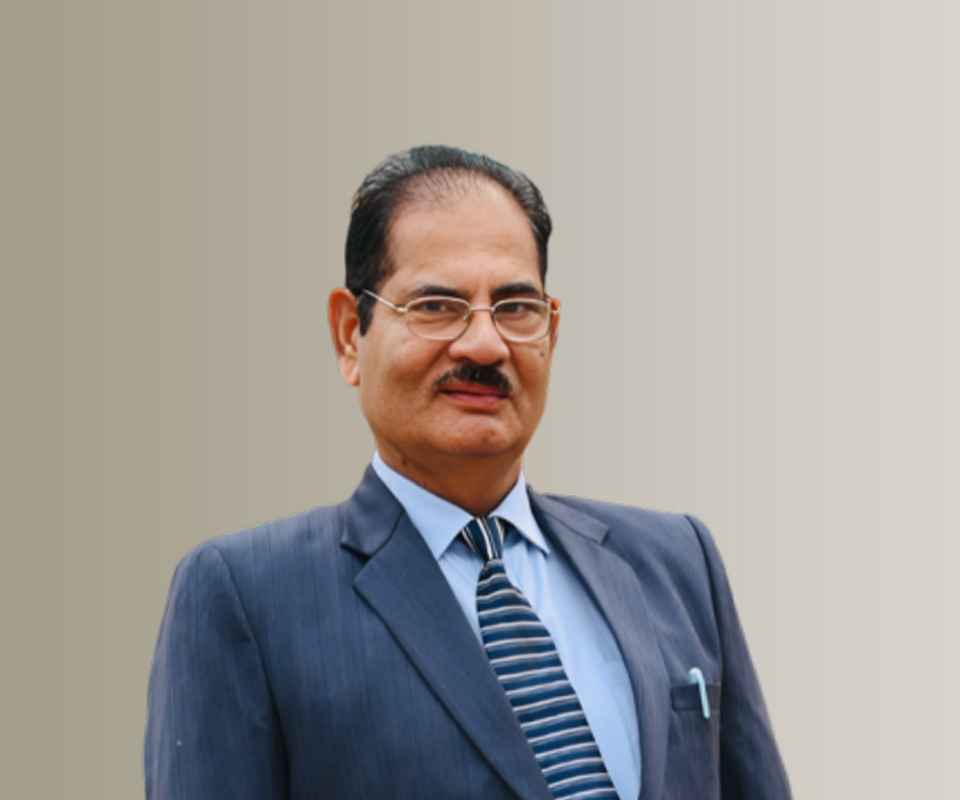Answer By law4u team
Racial justice movements have a profound impact on local communities by raising awareness about systemic racism, mobilizing individuals to advocate for change, and fostering a sense of collective empowerment. These movements challenge existing structures of inequality, spark local activism, and lead to tangible improvements in community-level policies and practices. By addressing racial injustice and promoting equity, racial justice movements work to create stronger, more inclusive communities that allow all individuals to thrive, regardless of their racial background.
How Racial Justice Movements Affect Local Communities:
Raising Awareness and Education:
Racial justice movements serve as a catalyst for raising awareness about the deep-rooted issues of racial inequality and injustice that persist in local communities. By organizing protests, campaigns, and public discussions, these movements educate individuals about the impact of racism on their daily lives. Awareness-building efforts help local residents recognize discrimination, address racial biases, and advocate for inclusive policies that promote racial equality in all aspects of community life, from education to housing and healthcare.
Community Mobilization and Activism:
Racial justice movements often inspire grassroots activism in local communities, bringing together people of various backgrounds to demand change. These movements create spaces for marginalized voices to be heard and empower community members to take action through organizing protests, petitions, town halls, and other forms of collective advocacy. This sense of unity and shared purpose can strengthen community bonds and create lasting change through local engagement.
Policy Reforms at the Local Level:
Racial justice movements have a direct impact on local policies, particularly in areas like law enforcement, education, housing, and healthcare. By applying pressure to local governments, racial justice activists help bring attention to policies that disproportionately affect people of color, such as biased policing practices, segregated schools, or discriminatory housing practices. Movements advocate for legislative changes that promote greater equity, such as police reform, the implementation of anti-discrimination laws, and the allocation of resources to underserved communities.
Fostering Community Empowerment:
One of the key impacts of racial justice movements is their ability to empower marginalized communities. By creating platforms for advocacy, providing resources for organizing, and offering educational opportunities, these movements help individuals in affected communities take control of their own narratives and fight for justice. This empowerment fosters a sense of agency, allowing community members to actively participate in shaping their future and challenging the systems that have historically oppressed them.
Strengthening Community Solidarity and Intersectionality:
Racial justice movements often emphasize the importance of intersectionality, recognizing that issues of race are interconnected with other forms of oppression, such as those based on gender, class, or immigration status. By advocating for collective justice and solidarity, these movements bring together people from diverse backgrounds to work toward common goals. This solidarity within local communities helps build a stronger, more united front in the fight for equality and challenges divisions that may exist between different racial or social groups.
Improved Public Safety and Trust in Law Enforcement:
Racial justice movements, especially those focused on policing and criminal justice reform, aim to reduce police violence and increase accountability within law enforcement. In local communities, these movements have resulted in calls for the implementation of body cameras, independent oversight boards, de-escalation training for officers, and policies that address racial profiling. These reforms can lead to improved relationships between police officers and the communities they serve, fostering a safer and more trusting environment.
Promoting Economic Opportunities and Equity:
Local racial justice movements often focus on economic inequality and advocate for policies that promote economic empowerment for marginalized communities. These include efforts to reduce disparities in employment, housing, and access to financial resources. By pushing for policies that support job creation, fair wages, affordable housing, and equal access to education, racial justice movements work to reduce the economic barriers faced by people of color. As a result, communities experience greater economic stability and opportunity.
Healing and Reconciliation:
Racial justice movements also contribute to healing and reconciliation within communities by fostering dialogue about past harms and injustices. These movements create spaces for open conversations about the historical and present-day effects of racism, allowing individuals to confront painful truths and work toward collective healing. This process of reconciliation can lead to stronger, more resilient communities that are committed to unity and mutual respect.
Example:
A prominent example of racial justice movements impacting local communities is the Black Lives Matter movement. In cities across the United States, BLM has spurred local protests and demands for police reform, leading to changes in policing practices, such as the introduction of body cameras and the establishment of civilian oversight boards. In some cities, BLM has also led to conversations about the removal of Confederate monuments, which are seen as symbols of racial oppression. These movements have raised awareness of police violence and sparked discussions about systemic racism, resulting in policy changes that aim to create a safer and more just environment for communities of color.
Conclusion:
Racial justice movements have a profound and far-reaching impact on local communities. By raising awareness, mobilizing activists, advocating for policy reforms, and fostering community empowerment, these movements contribute to creating more just, equitable, and inclusive communities. Local communities that are actively engaged in the fight for racial justice are better equipped to address systemic racism and work together to build a future where all individuals—regardless of race—can thrive. The ongoing efforts of these movements continue to inspire hope, catalyze change, and promote healing at the community level.







